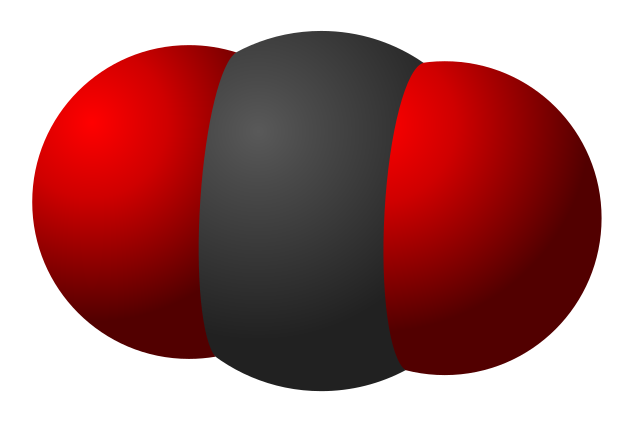Scientists may have finally cracked a decades-old challenge in converting harmful carbon dioxide (CO2) into valuable chemicals while tackling climate change.
Existing systems struggled to operate for sustained periods, limiting their practicality. Researchers at Huazhong University of Science and Technology (HUST) developed an electrolysis system that converts CO2 into formic acid with over 93% efficiency, and crucially, can run continuously for at least 5,000 hours – far surpassing any known device.
This achievement could mark “a milestone towards industrial use,” according to lead researcher Xia Baoyu. This means potentially capturing and utilizing the main culprit behind global warming on a larger scale.
Formic acid has diverse uses in various industries, including as a preservative, fuel cell component, and cleaning agent. The system uses an electrolyte derived from spent lead-acid batteries, offering a greener alternative.
The process breaks down CO2 and adds hydrogen to create valuable chemicals like formic acid. The key innovation lies in a new catalyst that’s both efficient and corrosion-resistant, enabling the system’s long-term operation.
Despite its promise, the technology faces significant hurdles. Scaling it up for industrial use may introduce operational challenges, while the current reliance on lead, though efficient, raises sustainability concerns due to its toxicity. Finding environmentally friendly alternatives will be crucial for long-term viability.
The team aims to convert CO2 into even more valuable products like ethylene, a vital industrial chemical.
Overall, this research offers a promising glimpse into a future where CO2 becomes a resource instead of a burden, potentially paving the way for a more sustainable world.


Leave a Reply
You must be logged in to post a comment.